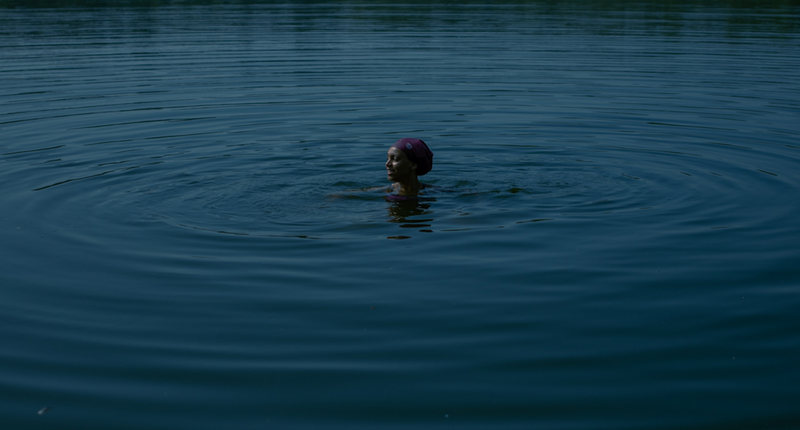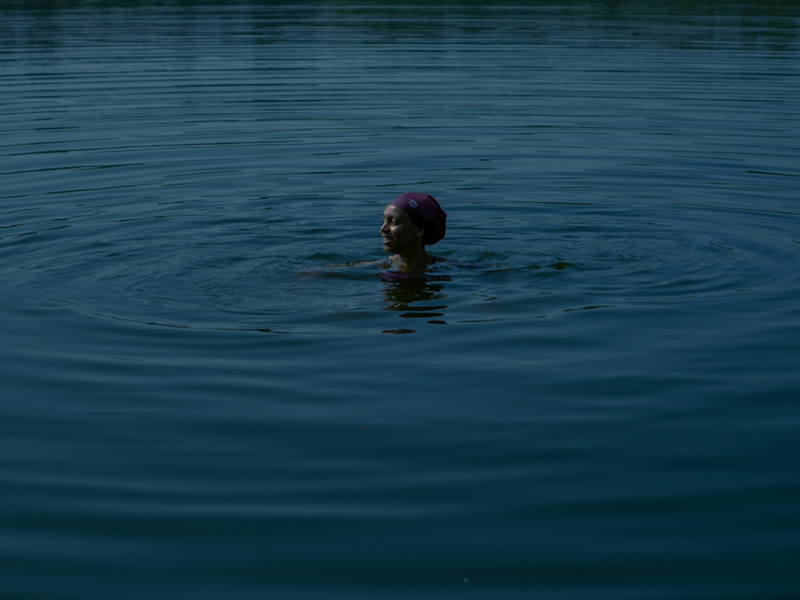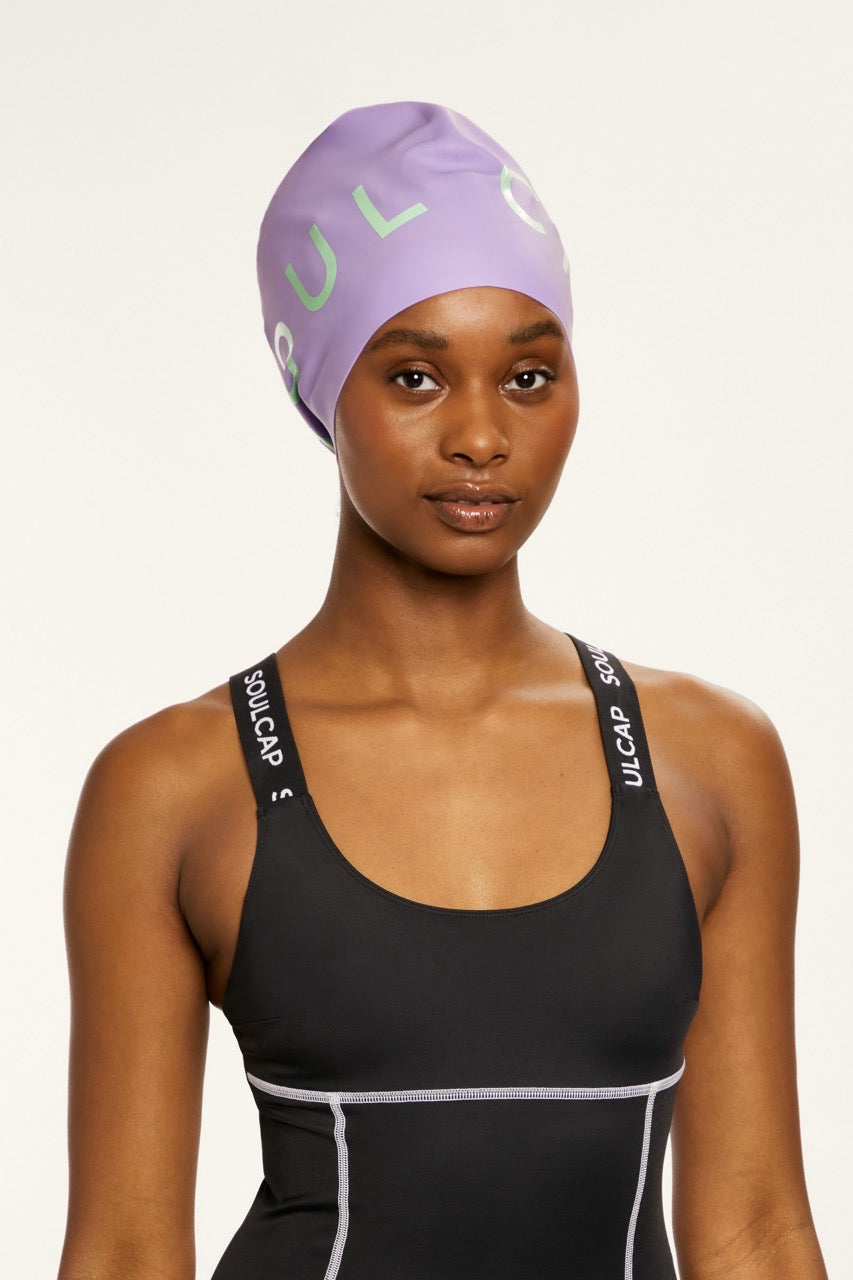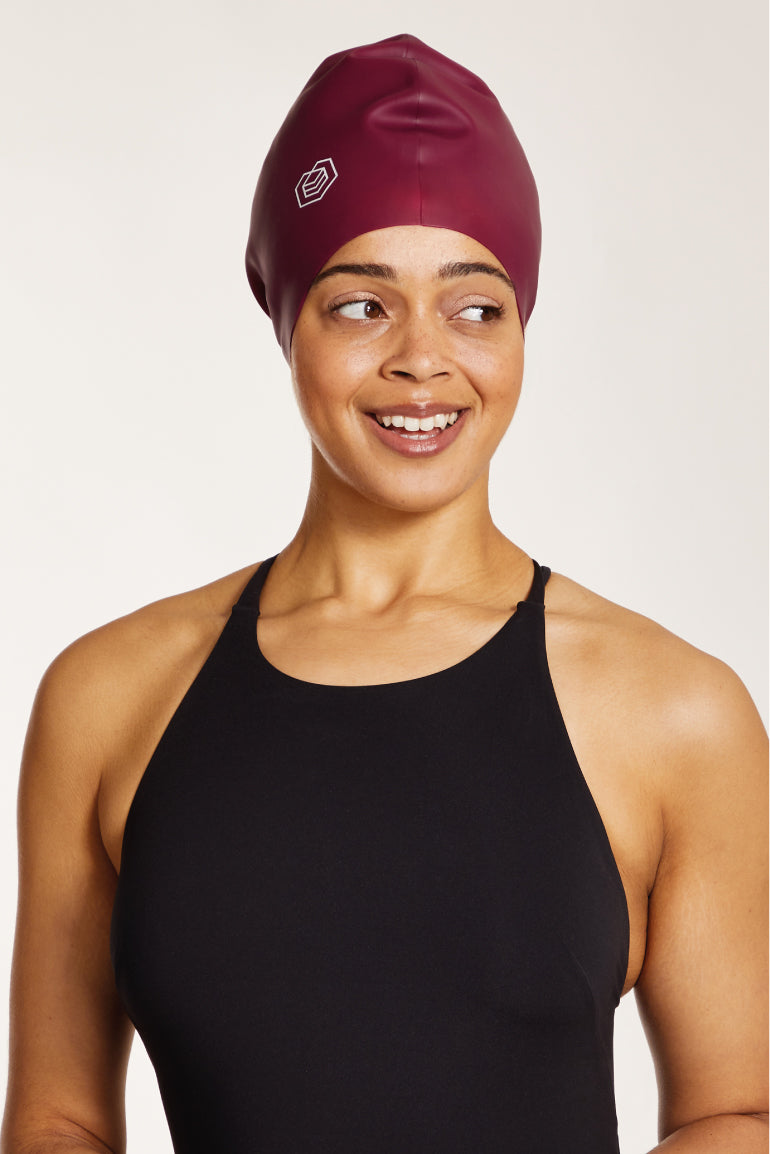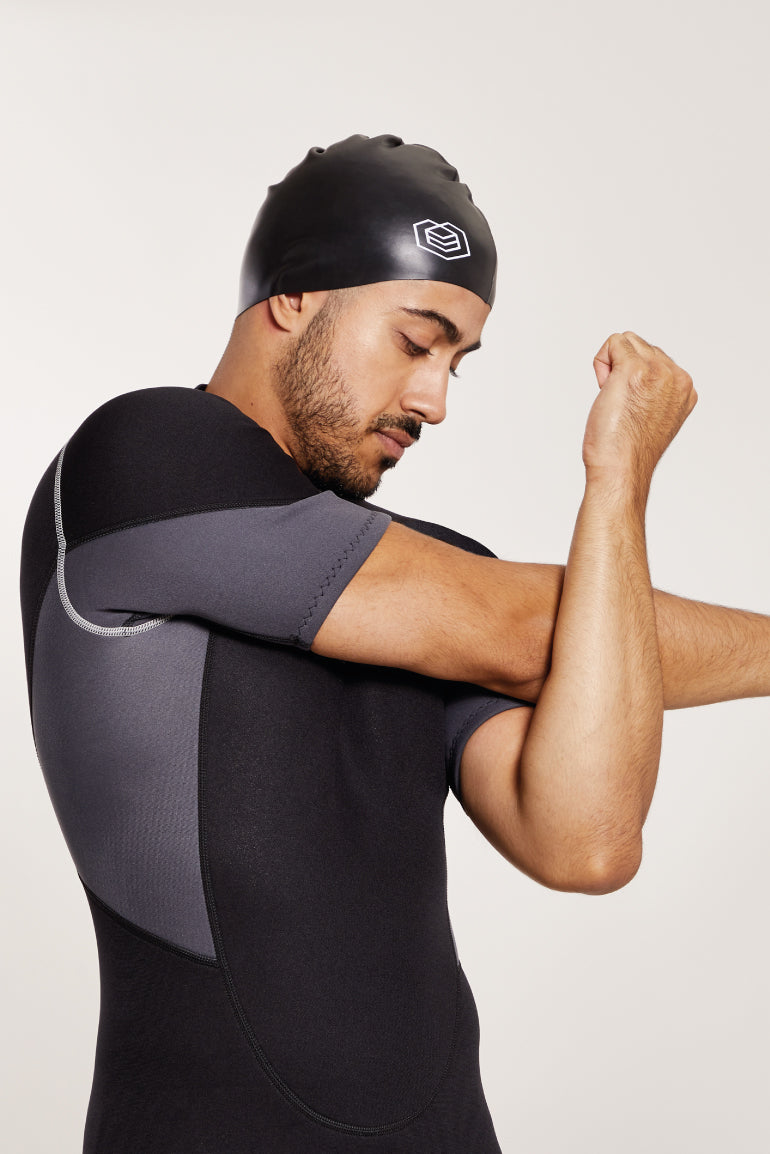If you’re anything like us, you’ll know that confidence in the water doesn’t happen overnight.
And when you make the move from an indoor pool to the Great Outdoors, things can get complicated fast – and so can the risks.
So if you’re thinking about going for your first proper swim in the ocean, you need to be informed and prepared for what’s ahead.
Here are a few tips to get you started:
Don’t just dive in
This one is the easiest – and it could be the most important step you take.
If you’re planning an ocean swim, you need to know what you’re in for. And the first step towards being informed starts long before you arrive at the shore.
When you’re choosing a location, you need to take a good look at:
- The weather forecasts and the tides
- The temperature of the water
- Whether it’s a beach with lifeguards or not
- Any suggested or popular areas and routes – especially the ones that come with warnings
- And any areas that are forbidden or out of bounds to the public.
And that’s just before you head out there. When you arrive at the beach, it’s always a good idea to:
- Observe the locals to see where they’re swimming (and which parts they’re avoiding)
- Check the colours of the flags on display for that day
- Look for the boundaries and buoys that mark the safe swimming areas
- Assess the water – is it choppy and chaotic, or smooth and slow?
- And talk to the lifeguards to get some advice. (Or if you’re not feeling confident, you can tell them you’re learning and let them know where you’re heading to.)
It’s about safety, of course – that’s always the top priority. But it’s also about making sure you’re getting the most out of your swim.
If you’re not used to the ocean or you’re not a confident swimmer, you don’t want your first experience to be ruined by a nasty surprise.
So take your time and get the information you need – before you dive in and start tackling the waves.
Manage your energy
It might sound obvious, but the ocean isn’t a swimming pool.
You won’t always be within reach of dry land. You won’t be counting laps to know exactly how far you’re swimming, and you won’t be moving effortlessly through the static water of a pool.
You’re going to have to watch your stamina. And that means you should think about:
- Choosing a route that runs parallel to the shore – so it’s always a short distance away
- Starting with a small swim – with the extra motion and resistance from the currents and waves, you’ll get tired much quicker over shorter distances
- Gliding when you can – just like you would after pushing off from a wall in the pool
- Changing your stroke to match your energy – if you’re getting tired from swimming front crawl, switch to something less intense (like breaststroke) to give yourself a chance to rest
- Swimming the first half against the waves (if it’s safe to do so) – so when you get tired and turn around, the journey back to shore is easier.
Adapt your breathing
When you train in a pool, you develop a specific breathing technique.
You’re used to the consistency of the still water, with a frequency and angle of breathing that you can always predict.
But when you’re swimming in the sea, there’s no such consistency.
You’ll need to learn to breathe equally well on either side – so you can breathe away from the incoming waves wherever you’re swimming. (No one want a mouthful of saltwater when they turn for a breath.)
You’ll need to be ready to change things up, to synchronise your breathing with the calm periods of the waves. They won’t wait for you – the waves do their own thing.
And finally (though it’s only a small point), you’ll need to adapt how much you turn your head. When you’re swimming in saltwater, you’re much more buoyant than you are in the pool. You’ll be floating higher up on the surface than you’re used to, and that could mean a difference in the angle you need to use.
Keep yourself oriented
There’s one thing that’s not so obvious when you move from the pool to the ocean:
It’s much harder to swim in a straight line. And if you’re not paying attention, you can end up veering off course.
When you train in a calm swimming pool, everything’s neat and orderly. You’ve got the lanes, the walls, and a still body of water that won’t affect your direction.
Any imbalance in your stroke is easy to notice. If you drift to one side, you can adjust and correct yourself. But with the waves and currents of the open sea – and no point of reference to help you stay on track – you could end up in a completely different place than you intended.
And we don’t need to tell you how dangerous that could be.
So what can you do to help yourself stay on course?
The first thing you can do is to choose a safe area and a popular route. If you’re following along behind other experienced swimmers, it’s easier to tell if you’re drifting away from them.
If you can’t follow a veteran or there’s no one around, you should get into the habit of regular sightings.
That could mean stopping every minute or so to take a look around and find the shore – or it could mean squeezing in a quick scan when you turn for a breath.
However you do it, remember that you’re on a moving surface, and you’ll be able to see better if you look when you’re at the top of a wave – it’s much higher up, and you’ll be able to see further.
Looking for more tips to stay safe in the ocean?
We’ve only scratched the surface here – and when it comes to your safety, you can never have too much good advice.
So if you’re getting ready to tackle the ocean, you can find more information in the open water swimming section of the Swim England site. Also be sure to check out our large swimming caps, which are often an essential accessory when swimming in the ocean.

